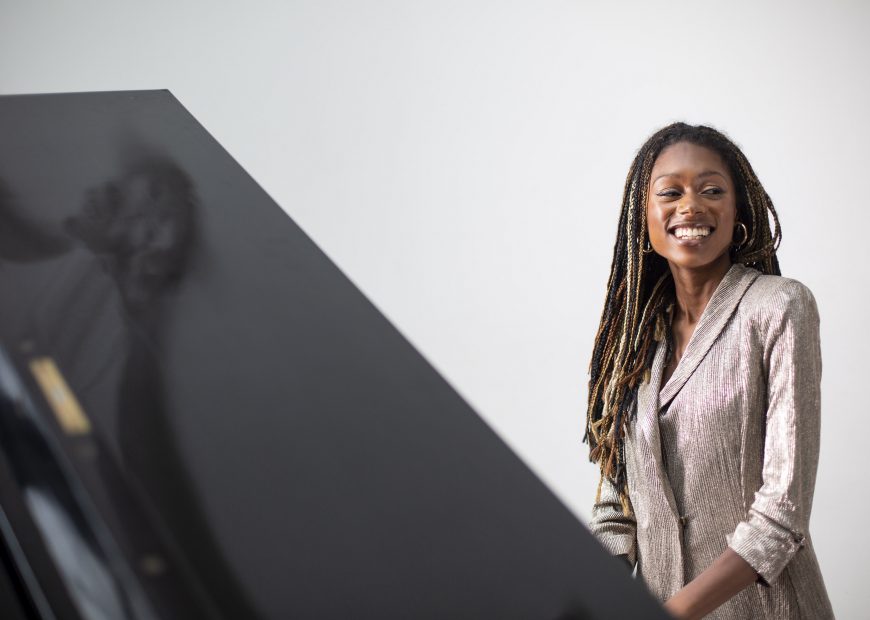
Ryedale Festival: Isata Kanneh-Mason, Duncombe Park, Helmsley, July 25
MANY of us first encountered Isata (‘Eye-suh-tuh’) at Ryedale three summers ago when she made a powerful impression partnering her cello-playing brother, Sheku, at Castle Howard.
Still only 25, she is striking out more and more as a solo pianist. This was the second, late-afternoon programme she gave at Duncombe Park, with sonatas by Mozart and Beethoven framing a Chopin ballade and Gubaidulina’s Chaconne.
Mozart’s Sonata K.457 in C minor dates from 1784 and was written only three weeks before the ‘Hunt’ string quartet. It was published with the Fantasia in the same key, which fascinatingly was given later in the festival.
Its key often denotes passion in Mozart, so Isata was entirely within her rights to hammer out the opening arpeggio, not least because it forms the basis for the whole development section. But she positively melted into the major-key second theme, a lovely contrast.
There was much delicately delayed ornamentation in the slow movement, which allowed its melody to glow, reminding us of Beethoven’s allusion to it in his Pathétique sonata. Although she did not shirk the anger in the finale, she tempered it with regret by allowing it to breathe when rests allowed.
The temperate opening of Chopin’s Second Ballade belied the thunder to come. Here we had no mere storm, more of a hurricane. She generated huge power, especially in her left hand, and did not hold back.
Gubaidulina’s substantial score, full of dark colours, often demands a heavy bass line against rapid passagework in the right hand: Isata was equal to every challenge. But when tenderness was needed – the composer’s much-lauded “spiritual renewal” – her fingers twinkled over the keys. We could have done with a touch more of such subtlety.
She attacked Beethoven’s First Sonata, in F minor, with its “skyrocket” theme echoing the opening of the Mozart, with considerable panache, but rather more aggressively than a hall this size really warranted. Still, her adrenalin was surely flowing freely and she was nothing if not bursting with ideas.
At least in the Adagio there was genuine serenity and almost the only sustained pianissimo of the programme. There were clean, crisp contrasts in the minuet and trio and dazzling motor-rhythm in the lightning finale.
There is considerable brainpower behind Isata’s virtuosity. All she needs now is to step back a little from signposting what composers are saying and allow her audience’s imagination freer rein. But it was good to have her back.
Review by Martin Dreyer
